That question in the headline has been asked repeatedly for over a decade now. The uncrewed aviation industry seems to have grown complacent about flight times that average 25 minutes for electric multicopters and for some reason the adoption of longer flight times of hydrogen-powered drones has been slow to non-existent.
One company trying to change that is Houston-based Cellen H2 Inc., where a combination of leading technology and business-savvy leadership might be the answer to that pernicious question.
Commercial UAV News had the opportunity to connect with Roberto Yelin, CEO and co-founder of Cellen, for an exclusive interview about the technology, the business approach, and the reason why longer-flying hydrogen-powered drones have not been more widely adopted.
“It all started in university when I met my partner, who is a chemist working on hydrogen fuel cells. We were both enrolled in an entrepreneurship course and the idea of a hydrogen-powered drone was born,” Yelin said. “We tried many vendors of hydrogen fuel cells that promised great performance, just to discover that the requirements of an aircraft are way too much for traditional fuel cells that are not designed for the output and the demands of flight.”
Traditional lithium-ion battery drones typically offer flight durations between 20 and 40 minutes, limiting their effectiveness for long-range inspections, mapping, and surveillance. Cellen’s H2‑6 drone shatters this ceiling with flight times reaching up to 150 minutes, more than triple the endurance of conventional battery-powered UAVs.

“This increased flight time and payload is made possible by a hybrid propulsion system that combines a compressed hydrogen tank, a fuel cell stack, and a lithium-polymer (LiPo) battery,” Yelin said reflectively. “Hydrogen fuel cells generate electricity through a clean electrochemical reaction, producing only water vapor as a byproduct. The LiPo battery supplements the system during startup and peak power demands, ensuring smooth and reliable performance. This hybrid approach not only extends operational range but also reduces non-productive downtime by reducing the number of landings.”
Cellen’s H2‑6 drone is designed with industrial versatility in mind. It supports payloads up to 10 lbs, accommodating a wide array of high-performance sensors. These include:
- Sony ILX-LR1 (61 MP) and Phase One P3 (120 MP) for ultra-high-resolution imaging.
- AerialOGI Neutrino for optical gas imaging, enabling methane and hydrocarbon leak detection.
- Gremsy VIO F1 EO/IR sensor with zoom, laser range finder, and geotagging capabilities.
- Yellowscan Surveyor Ultra for high precision lidar surveys.
“This modular payload architecture allows operators to tailor the drone for specific missions, from energy infrastructure inspections to environmental monitoring and surveys,” Yelin said. “One of the standout features of hydrogen-powered drones is their minimal acoustic and thermal footprint. The H2‑6 operates quietly and emits no detrimental gases, making it ideal for sensitive environments such as wildlife habitats, offshore platforms, and urban infrastructure. Moreover, Cellen’s platform is NDAA-compliant, ensuring suitability for government and defense applications where supply chain integrity and cybersecurity are paramount.”
While lithium-ion drones remain dominant due to their affordability and widespread infrastructure, hydrogen UAVs like Cellen’s H2‑6 are carving out a niche in high-value, endurance-critical missions. Their ability to operate longer, cleaner, and quieter makes them particularly attractive for sectors such as oil and gas, energy, telecommunications, and construction where customers need the very best data as efficiently as possible.
But how do they convince a skeptical audience of the benefits of hydrogen-powered drones versus the availability and ubiquitousness of Lithium-Ion drones?
“Cellen isn’t just building drones. It’s developing the infrastructure to support them,” Yelin said emphatically. “We offer frictionless refueling solutions and hydrogen ecosystem services, helping clients integrate hydrogen UAVs into their operations without logistical headaches. This holistic approach positions Cellen as a strategic partner in the transition to sustainable aerial platforms.”
Unlike some hydrogen drone vendors that prioritize fuel cell innovation or infrastructure scale, Cellen’s business strategy centers on operational versatility and mission-specific payload integration. This makes their H2‑6 drone especially attractive to industrial clients who need customizable, high-endurance platforms without committing to proprietary ecosystems. The business philosophy of Cellen can be described in three distinct deployable solutions:

1. Modular Payload Architecture
- Cellen’s H2‑6 supports a wide range of NDAA-compliant sensors, including high-resolution cameras, optical gas imagers, EO/IR payloads, and lidar sensors.
- This modularity allows clients to tailor the drone for diverse missions, powerline and pipeline inspections, methane leak detection and wide area surveys, without being locked into a single vendor’s sensor suite.
2. Turnkey Deployment Model
- Cellen offers frictionless refueling and hydrogen ecosystem services, streamlining adoption for clients unfamiliar with hydrogen logistics.
- Their hybrid powertrain (compressed hydrogen + fuel cell + LiPo battery) is part of a purpose-built platform designed from the ground up to maximize the benefits of hydrogen while maintaining safety as the top priority.
3. Focus on Commercial Mission Enablement
- Cellen targets commercial and industrial sectors with time-critical, remote, or environmentally sensitive operations.
- Their emphasis is on mission reliability and regulatory compliance, rather than pushing proprietary tech or infrastructure.
When discussing the future and scalability of Cellen’s drones, Yelin was very open about the status of their market strategy.
“We are planning to fulfill our first order by the first quarter of 2026,” he said. “After that we will be in a position to produce 2 complete drone solutions per month and by Q3 2026 our production plan is a minimum of five systems a month.”
As hydrogen fuel cell technology and infrastructure matures, combined with the opportunity to fly longer and further with the upcoming Part 108 regulation, companies like Cellen are poised to lead the charge. Their H2‑6 drone exemplifies how innovation in power systems can unlock new capabilities and redefine what’s possible in aerial robotics. Whether inspecting offshore wind farms, detecting methane leaks, or mapping remote terrain, hydrogen-powered drones offer a compelling alternative to battery-based systems—one that combines endurance, efficiency, and environmental responsibility.
In short, Cellen is carving out a niche in practical, high-endurance commercial UAV operations, offering hydrogen-powered performance without the complexity of infrastructure commitments.

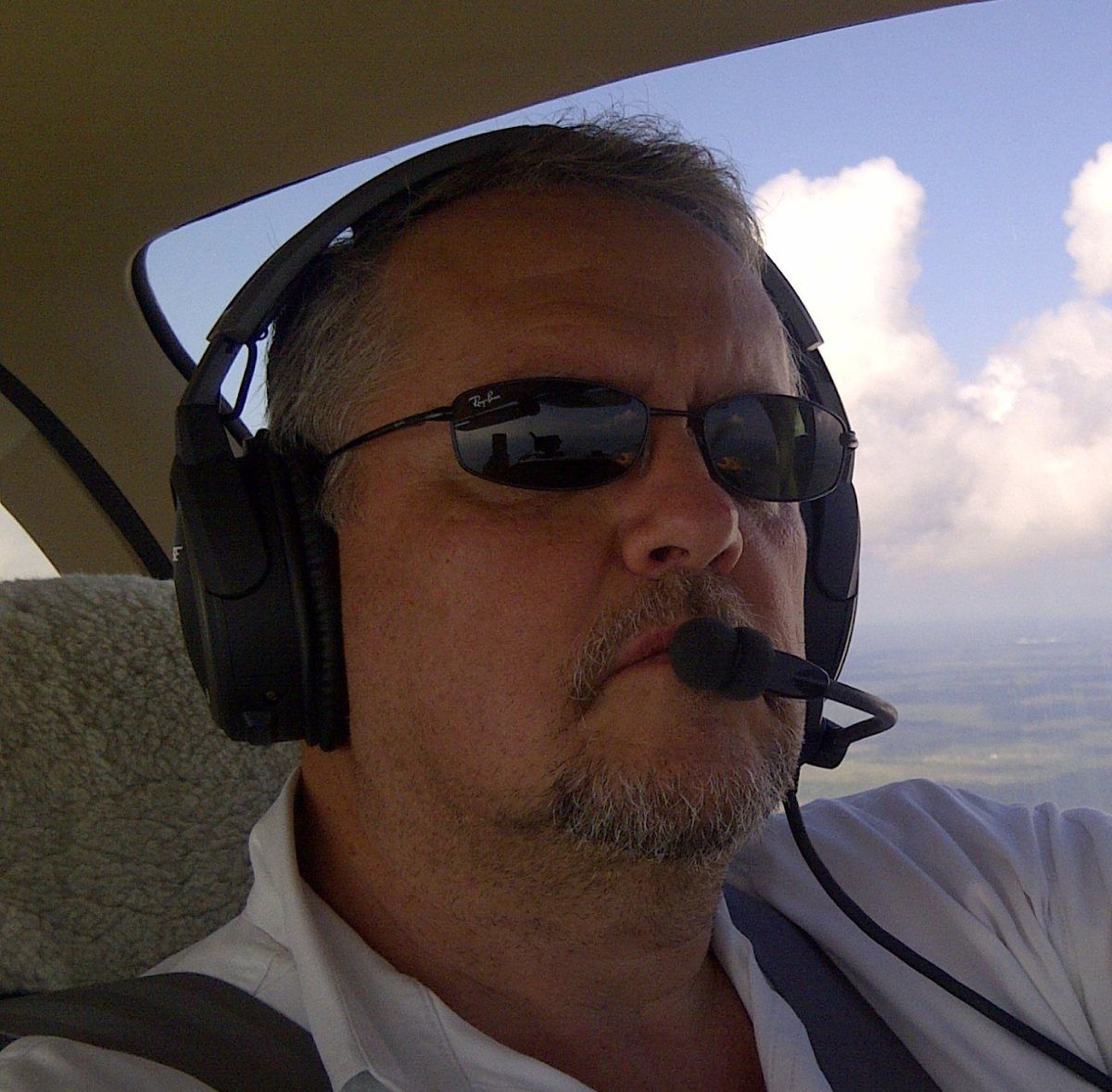


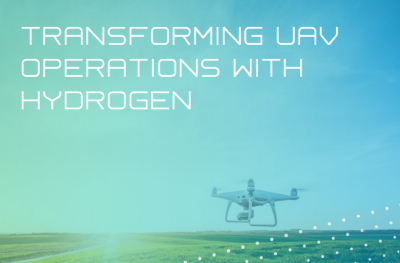
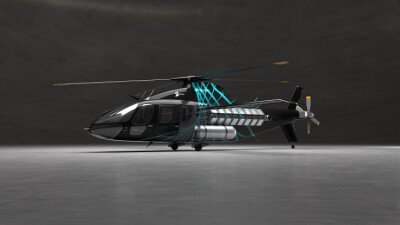






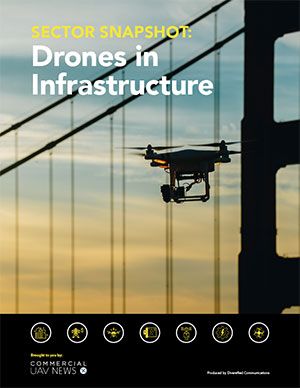
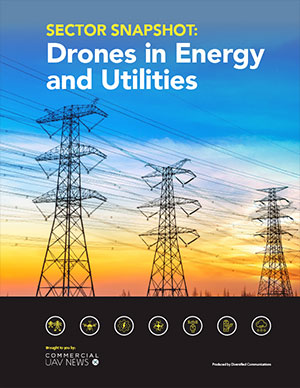
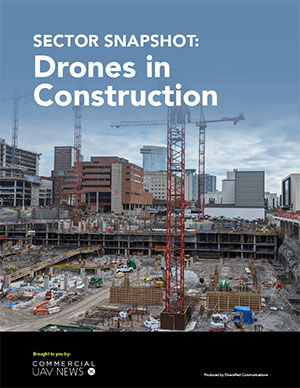
Comments